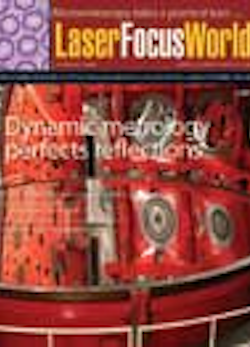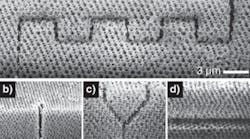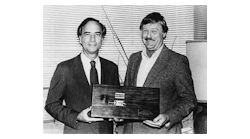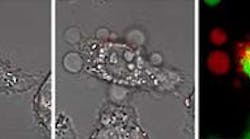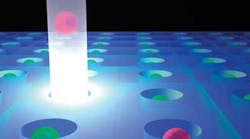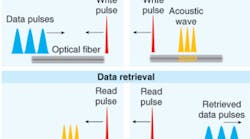Volume 44, Issue 2
Optics
New Products
Feb. 1, 2008
Software
Working things out
Feb. 1, 2008
More content from Volume 44, Issue 2
More content from Volume 44, Issue 2
Research
LASER INDUSTRY REPORT
Feb. 1, 2008
Optics
OPTICS INDUSTRY REPORT
Feb. 1, 2008
Research
IMAGING & DETECTOR INDUSTRY REPORT
Feb. 1, 2008
Research
FIBER OPTICS INDUSTRY REPORT
Feb. 1, 2008
